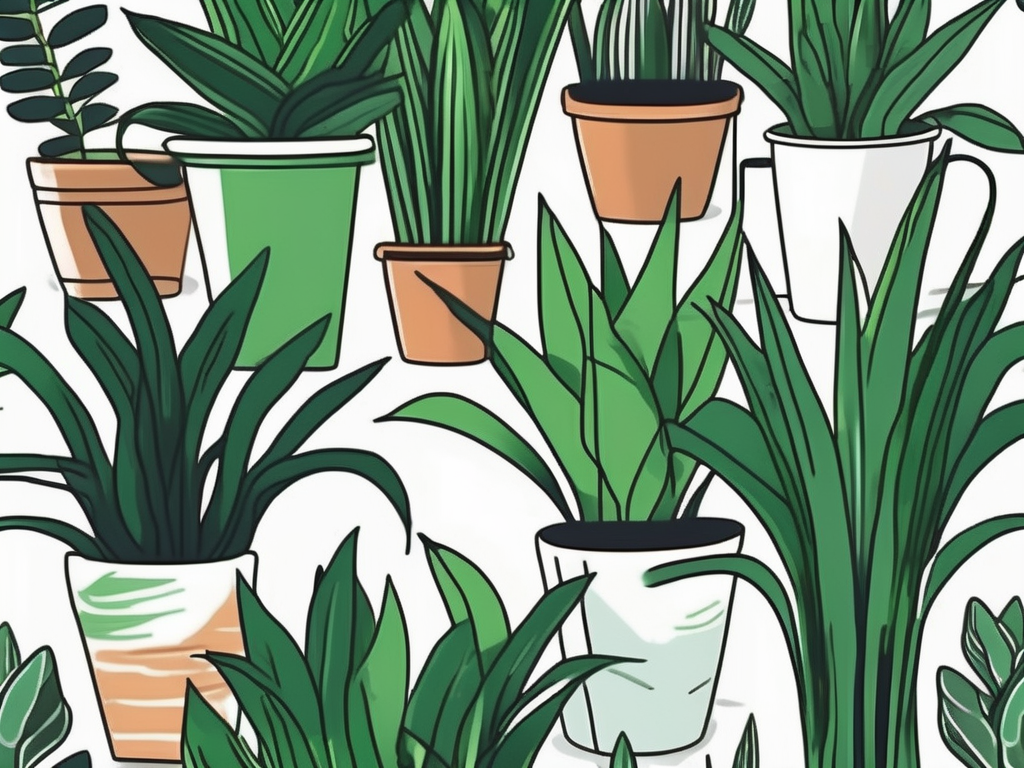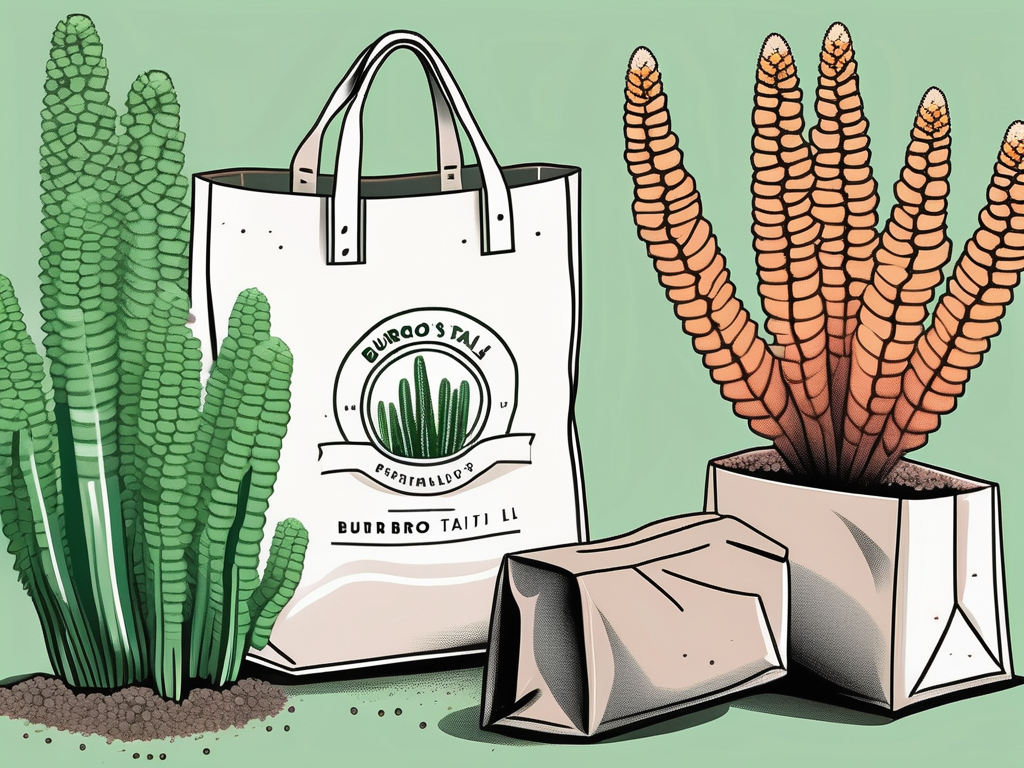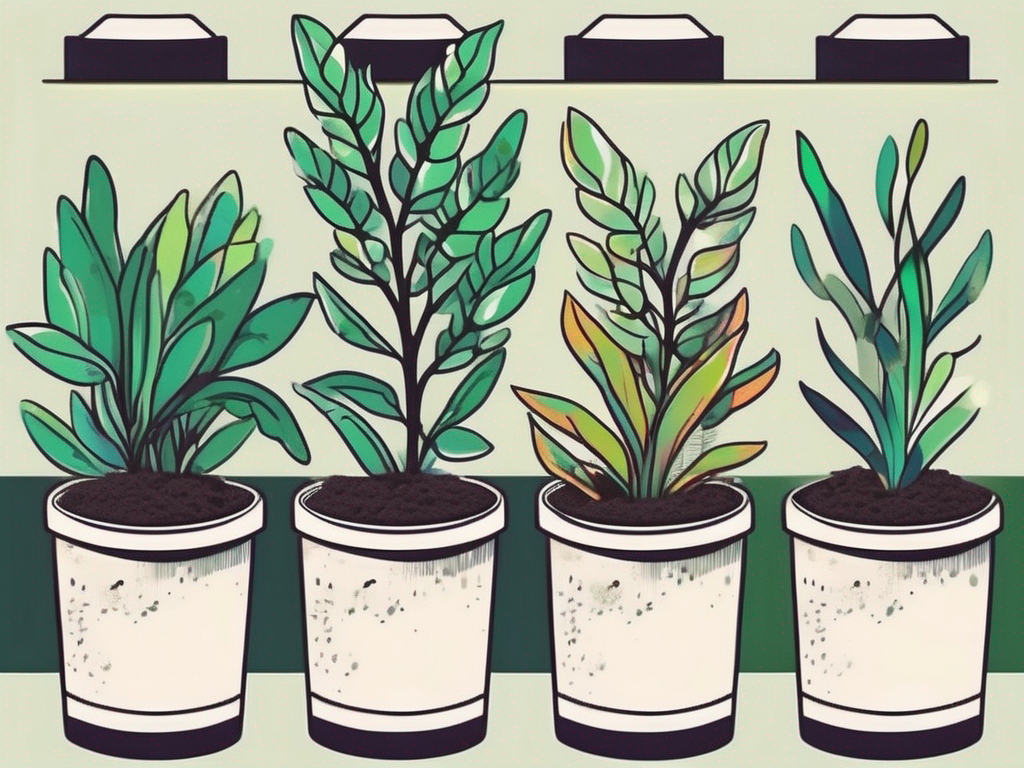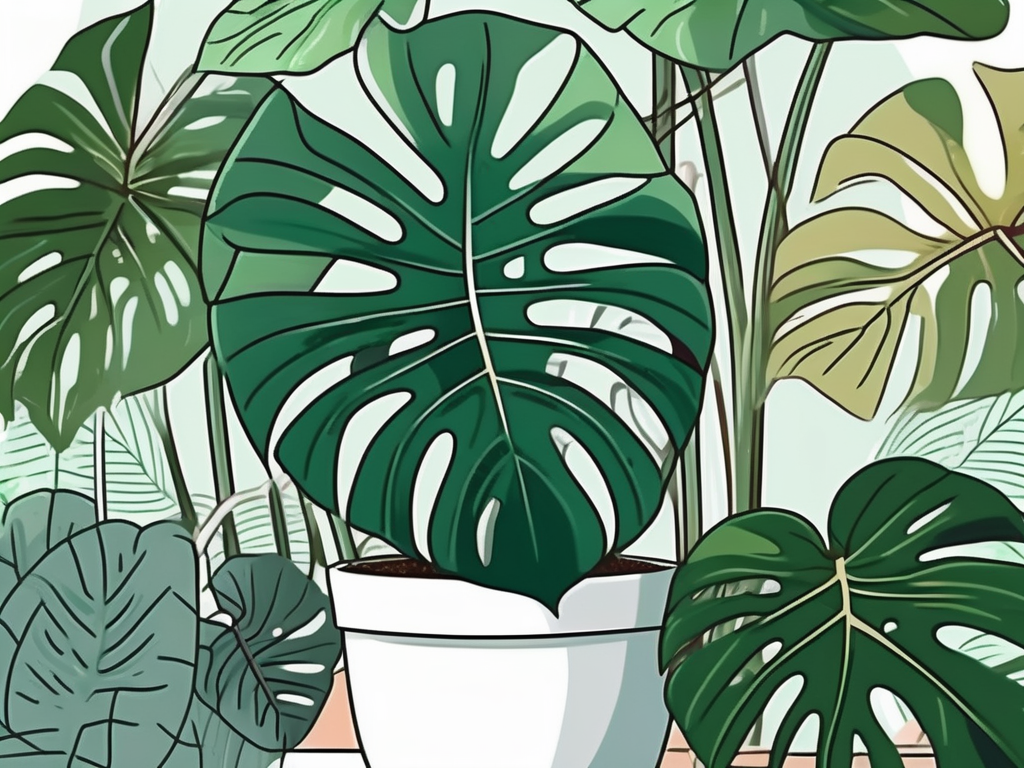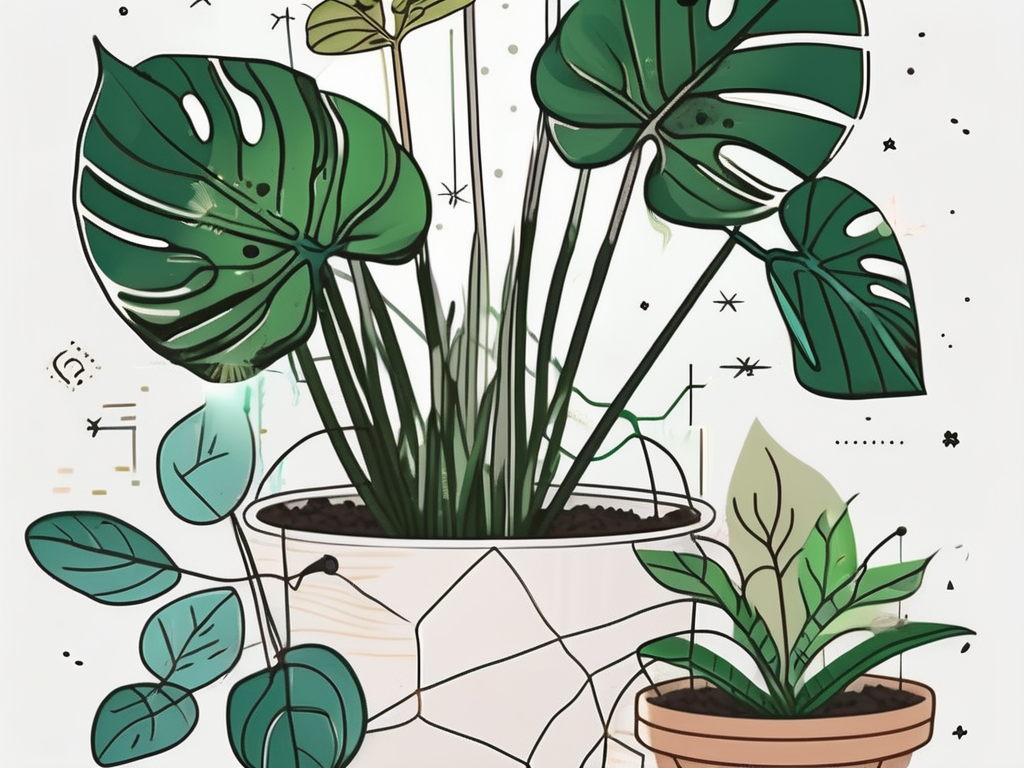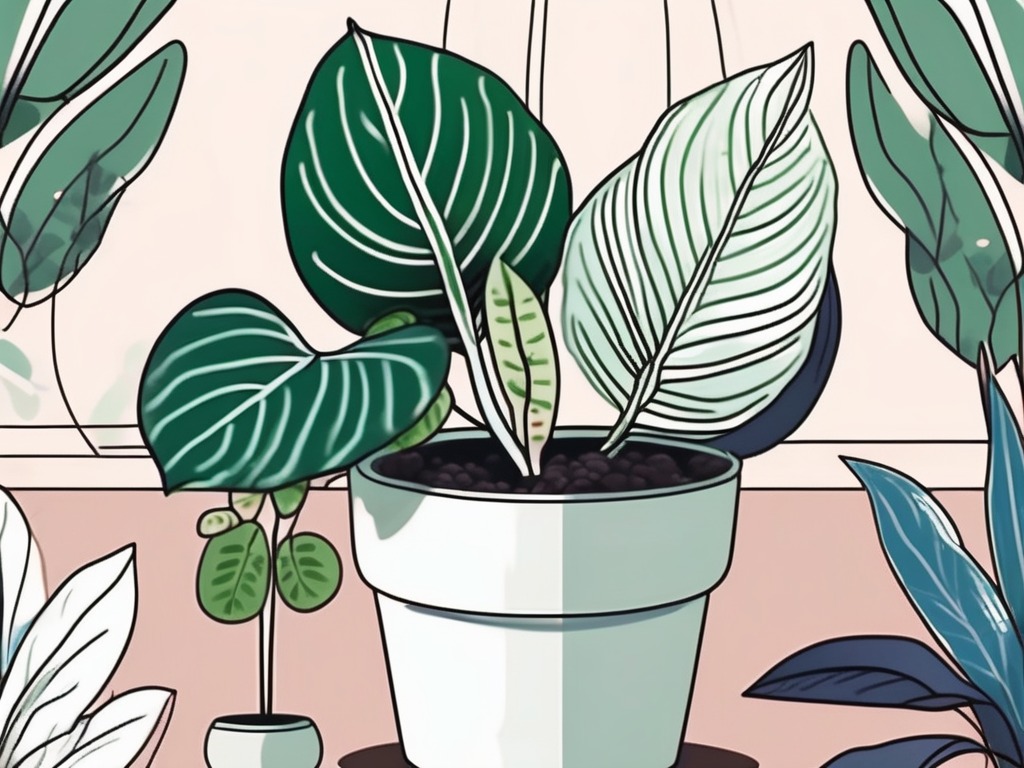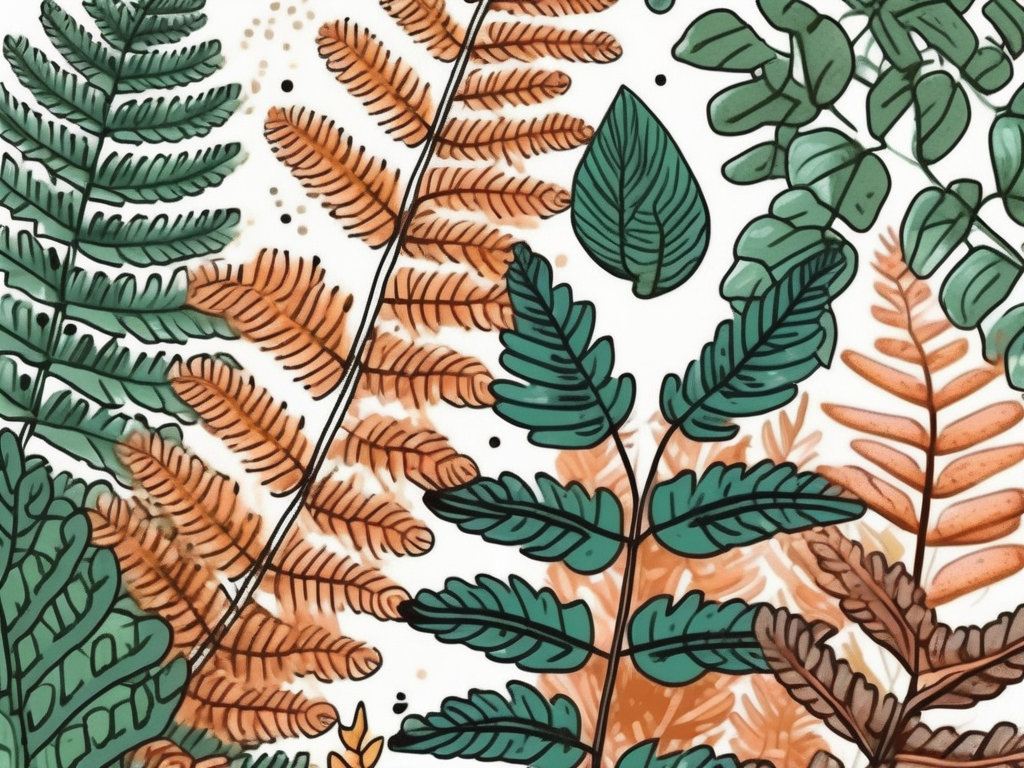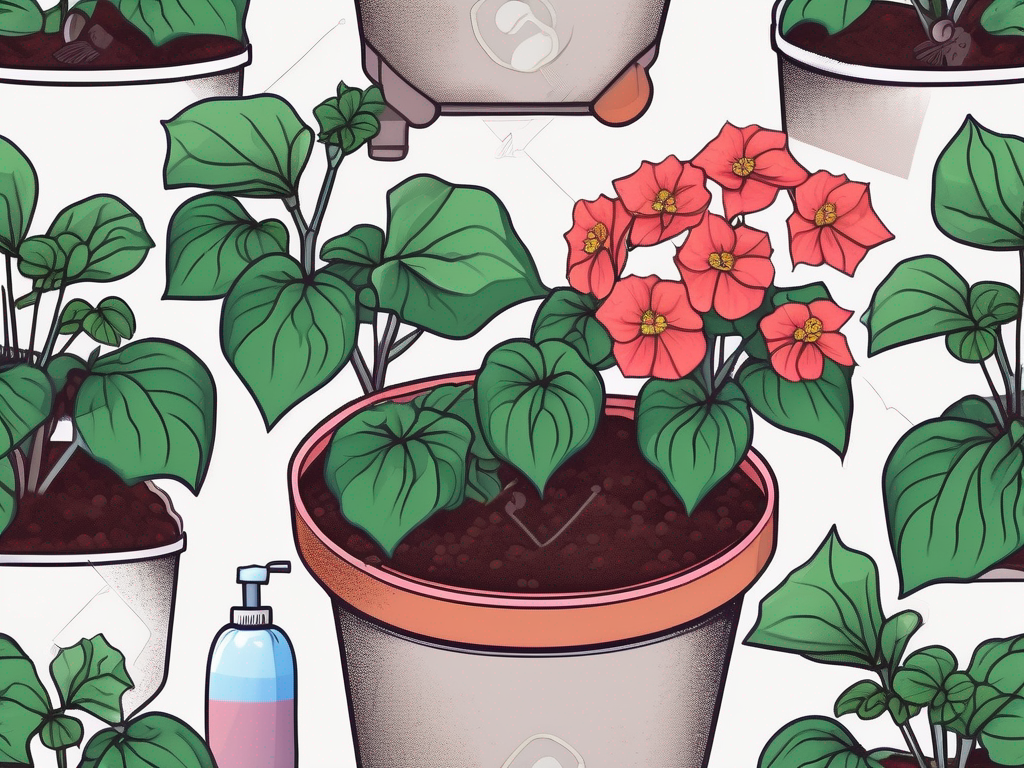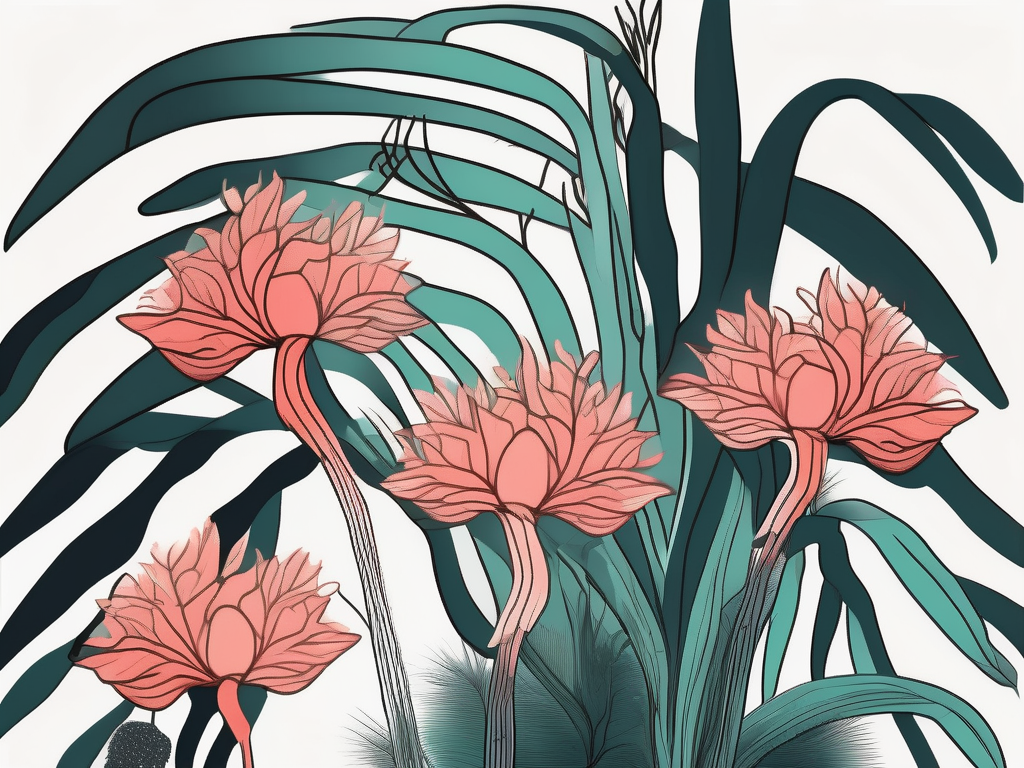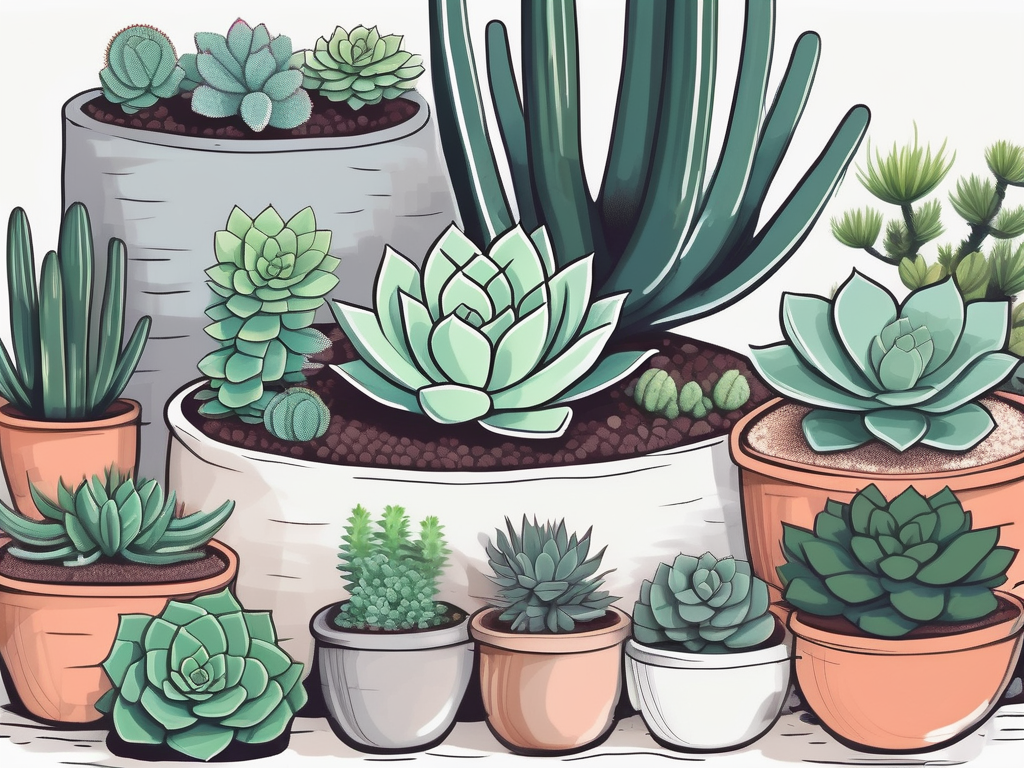
Succulents are like the cool kids of the plant world—easygoing, stylish, and surprisingly resilient. But just like us, they need a bit of nourishment to truly thrive. If you've been wondering about how to keep your succulent collection looking its best, you're in the right place. Let's chat about the best fertilizers to use for these charming plants.
In the following sections, we'll explore everything from choosing the right type of fertilizer to applying it correctly and understanding the unique needs of succulents. Whether you're a seasoned plant parent or just starting out, this guide will help you keep your succulents happy and healthy.
Understanding Succulent Needs
Before we jump into fertilization specifics, it's crucial to understand what makes succulents unique. These plants are native to arid environments, which means they store water in their leaves, stems, or roots. This adaptation is what gives them their characteristic plump and juicy appearance. So, what does this mean for their nutritional needs?
Succulents require a balance of nutrients, but they're not as demanding as some other plants. They typically need less fertilizer because they're adapted to nutrient-poor environments. Over-fertilizing can actually do more harm than good, leading to leggy growth or, worse, a burnt appearance. Here's a quick breakdown of what they generally need:
- Nitrogen: Promotes leafy growth, but too much can make succulents grow too rapidly and lose their compact shape.
- Phosphorus: Encourages root development and flowering. It's usually needed in moderate amounts.
- Potassium: Helps with overall plant health and disease resistance.
Understanding these basics helps you choose the right fertilizer and apply it effectively. Keep in mind that succulents prefer a "less is more" approach to feeding.
Choosing the Right Fertilizer
When it comes to fertilizers, there's no one-size-fits-all solution. The best fertilizer for your succulents depends on their specific needs and your personal preferences. Here's a closer look at the different types of fertilizers available:
Liquid Fertilizers: These are easy to apply and allow for precise control over nutrient levels. You can dilute them to the strength that best suits your succulents. They're great for regular, light feeding.
Granular Fertilizers: These are sprinkled on the soil surface and watered in. They release nutrients slowly over time, making them a good option for low-maintenance care.
Slow-Release Fertilizers: These come in the form of pellets or spikes that gradually release nutrients into the soil over several months. They're ideal if you prefer to "set and forget" your fertilizing routine.
When selecting a fertilizer, look for one with a balanced nutrient ratio, such as 10-10-10 or 20-20-20, or one with a lower nitrogen content to prevent overly vigorous growth. Remember, succulents don't need a lot of nutrients, so err on the side of caution when applying fertilizers.
When and How to Fertilize Succulents
Timing is everything when it comes to fertilizing succulents. The best time to fertilize is during the growing season, usually spring and summer. This is when succulents are actively growing and can make the most use of the added nutrients.
During fall and winter, most succulents enter a dormant period and don't require much, if any, fertilization. Here's a simple guide on how to fertilize:
- Frequency: Fertilize once a month during the growing season.
- Application: If using liquid fertilizer, dilute it to half strength. Apply it directly to the soil, avoiding the leaves. For granular or slow-release fertilizers, follow the package instructions for the right amount.
- Watering: Water your succulents thoroughly after fertilizing to help distribute the nutrients and prevent root burn.
Consistency is key, but remember not to overdo it. Too much fertilizer can lead to rapid, weak growth and reduce the plant's natural ability to withstand drought.
Signs Your Succulents Need Fertilizer
So, how do you know if your succulents need a little extra love? There are some telltale signs that your plants could benefit from fertilization:
- Pale or Yellowing Leaves: This can indicate a nutrient deficiency, particularly nitrogen.
- Slow Growth: While succulents are naturally slow growers, if they're not growing at all during the active season, they may need a nutrient boost.
- Stunted Flowering: If your flowering succulents aren't producing blooms, they might be lacking phosphorus.
If you notice any of these signs, consider adjusting your fertilization routine. However, always rule out other issues like pests or overwatering before reaching for the fertilizer.
Common Mistakes to Avoid
Even the most seasoned plant lovers can make mistakes when it comes to fertilizing succulents. Here are a few common pitfalls to watch out for:
Over-Fertilizing: We can't stress this enough—less is more. Too much fertilizer can cause succulents to grow too quickly, resulting in weak, leggy plants.
Fertilizing During Dormancy: Fertilizing during the dormant period can confuse your succulents and disrupt their natural growth cycle.
Using the Wrong Fertilizer: Be sure to choose a fertilizer that's appropriate for succulents. A fertilizer meant for high-demand plants like vegetables may be too strong.
Avoiding these mistakes will help ensure your succulents stay healthy and vibrant.
Natural Fertilizer Options
If you're looking for a more natural approach, there are several organic options that can nourish your succulents without relying on synthetic fertilizers:
- Compost Tea: This liquid fertilizer is made by steeping compost in water. It's rich in nutrients and beneficial microbes.
- Worm Castings: Often called "black gold," worm castings are nutrient-rich and can be mixed into the soil or steeped in water to create a liquid fertilizer.
- Bone Meal: A great source of phosphorus, bone meal can promote flowering in your succulents.
These natural options can be just as effective as commercial fertilizers, and they're often more environmentally friendly.
DIY Fertilizer Recipes
Feeling crafty? Why not try making your own fertilizer at home? Here are a couple of simple DIY recipes you can whip up with ingredients you might already have:
Banana Peel Fertilizer
- Ingredients: 2-3 banana peels, water
- Instructions: Soak banana peels in a jar of water for 2-3 days. Strain and use the liquid to water your succulents.
Epsom Salt Fertilizer
- Ingredients: 1 tablespoon of Epsom salt, 1 gallon of water
- Instructions: Dissolve the Epsom salt in water and use it to water your succulents once a month.
These homemade fertilizers are a fun and affordable way to give your succulents a nutrient boost.
Fertilizing Succulents Indoors vs. Outdoors
Succulents can thrive both indoors and outdoors, but their fertilization needs might vary slightly depending on their environment. Let's take a look at some considerations for each:
Indoor Succulents: These are often exposed to less light and temperature variation, which can slow their growth. As a result, they may require less frequent fertilization. Be careful not to overwater when fertilizing indoors, as this can lead to root rot.
Outdoor Succulents: These typically receive more sunlight and may grow faster, especially in the warmer months. They might benefit from more frequent fertilization, but still, adhere to the "less is more" principle. Outdoor succulents can also benefit from natural rainwater, which helps wash away excess salts from fertilizers.
Understanding these differences will help you tailor your fertilizing approach to suit the environment your succulents are growing in.
Final Thoughts
Fertilizing succulents doesn't have to be complicated. By understanding their unique needs and following a few simple guidelines, you can keep your plants looking their best. Remember, succulents thrive on neglect, so a little fertilizer goes a long way.
At Cafe Planta, we're here to support you on your plant journey. Whether you're looking for new additions to your collection or advice on plant care, we're just an email away. Follow us on Instagram to stay connected and inspired. We're excited to help you create a beautiful, thriving plant haven in your home!














